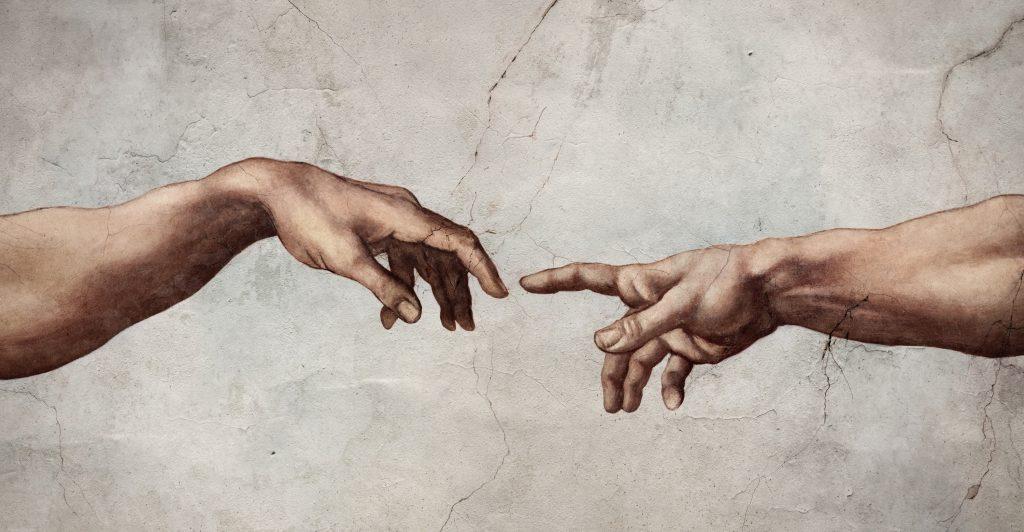Gnostic Tradition
The word ‘Gnosis’ is Greek and means ‘knowledge’. Within the framework of the history of religions Gnosis is understood as ‘the knowledge of something divine that transcends all faith, an immediate and absolute science of divinity that is considered as the absolute truth’.
Gnostic philosophers ask questions such as:
- Where does humanity come from, and why?
- Where does evil come from, and why?
Classic Gnostics claim to have found their literal philosophy in knowing whence they come, why they are here, and where they are going.
If we were to follow the Gnostic tradition through history, we find that it is connected with a rich lineage. In modern times we find this lineage related with the teachings of Rudolf Steiner and Carl Jung, and prior to that we find the Gnostic lineage connected to the teachings of Freemasonry and the Rosicrucians. We also see scriptures in the times of the Ancient Gnostics related to modern thinkers of philosophy such as Aristotle, Plato and Socrates.
While each esoteric tradition has its lineage and body of knowledge, we must work to ensure that it does not become trapped within the confines of relativity and duality. We do not want to take sacred wisdom and compare it against other systems of learning. This only creates division amongst different religions and cultures, when what we want to be working towards is a realisation that each tradition contains sacred principles that can be comprehended with the appropriate tools and understanding.
The underlying principle of all major schools of spiritual learning is the existence of a higher spiritual entity. In polytheistic religions, such as ancient Greek, Roman, Egyptian, and Norse religions, gods were often perceived as external and separate entities with distinct personalities, powers, and domains. These gods were thought to exist beyond the human realm and had the ability to interact with humans and influence events on Earth. In monotheistic religions such as Judaism, Christianity, and Islam, God is often described as the Creator of the universe and distinct from the created world. God is considered transcendent, existing beyond the physical world, and is seen as the ultimate source of all existence.
Where polytheistic, monotheistic or something else entirely, the underlying principle of all systems of spiritual learning is the existence of the divine, regardless of form, and regardless of whether it can be found externally or internally. All systems of spiritual learning coincide in the existence of the divine.
Gnostic Revelation
“Gnostic revelation is always immediate, direct, intuitive; it radically excludes the intellectual operations of a subjective type, and has nothing to do with the experience and assemblage of fundamentally sensorial information.”
The revelation aspect is what keeps the tradition of a school alive. The revelation aspect is what is known as the application of wisdom.
In the Gnostic teachings we speak about four pillars:
Art
The objective of art is the pursuit of beauty in its different manifestations. Art is the faithful testimony of that great human work which we call culture. Gnosis is present in all the great works of universal literature and in the works of the geniuses of music, painting, sculpture and architecture.
We find Gnostic art in archaic settlements, in the pyramids and ancient obelisks of the Egypt of the pharaohs; in ancient Mexico, among the Mayans and the archeological remains of the Aztecs, Zapotecs, Toltecs, etc., amidst the ancient medieval parchments of the Chinese, Phoenicians, Assyrians, etc. In the music of Beethoven, Mozart, Liszt, Wagner; in the great works of universal literature, which contain the same principles of universal wisdom, presented in diverse forms and sometimes hidden behind the veil of philosophical symbolism.
Science
A scientific approach involves verification, investigation and methodology. Scientific knowledge must be true and demonstrable and lead one to conclusive facts. Gnosis uses a scientific approach, working in a methodical manner to study the universe and all that exists within to arrive at knowledge through direct experience. It uses scientific meditation, philosophy, psychology and many other vehicles of learning for experimentation and direct experience of the object of study. In ancient times science was never separate from religion. Objective understanding of nature was another aspect of understanding our relationship with the Divine.
Philosophy
Gnosis applies the Socratic method to provoke critical thinking of one's own consciousness to answer important existential questions including: Who are we? Why are we here? Where are we going? These questions address our existence and lead to self revelation, uncovering a reality that exists beyond what is perceptible. They answer important existential inquietudes that come from within and lead one to uncover new truths.
Mysticism
Mysticism is the practice of searching for the divine within in order to produce the awakening of the consciousness. Wisdom is a condition of consciousness rather than an attitude of mind. Wisdom is that state of being in which an individual finds himself when realisation has tinctured and transmuted all attitudes and opinions. A wise person is one who has experienced truth by means of direct experience, a truth that has been verified by scientific means.
The scientific pillar of any school is fundamental. It is the scientific or self-investigation aspect that brings validation to the tradition. Self-investigation brings the teachings to life within us.
Tradition gives us a discipline, for instance, the tools of meditation. We learn to quieten the mind and through that quieting of the mind we enter into a void. In that void we experience a new piece of wisdom (revelation) that we have not come across before. This allows us to add depth to that body of wisdom through our own lived experience. In turn, our contribution makes that body of wisdom more profound. This is the way that tradition and revelation work hand in hand.

